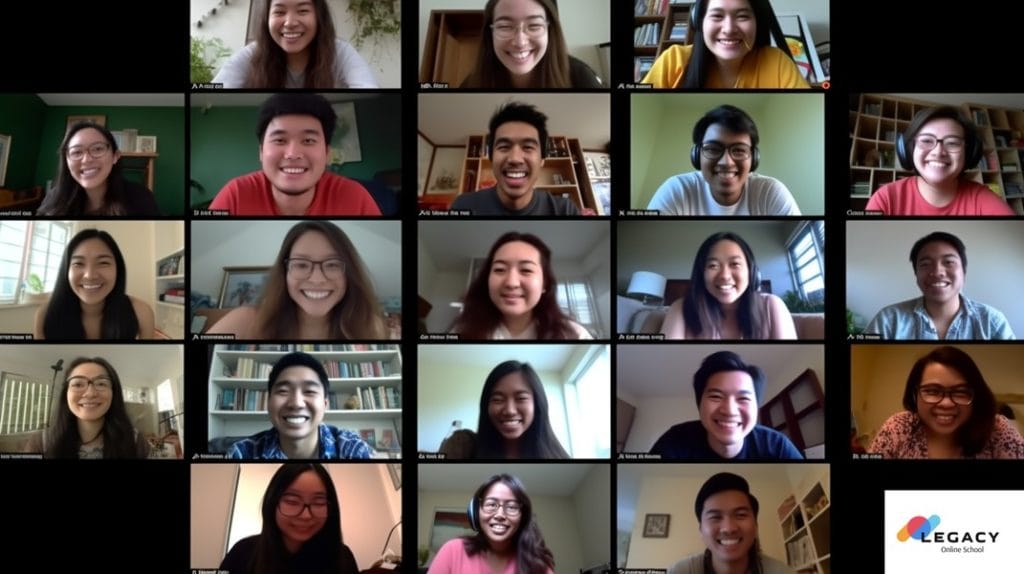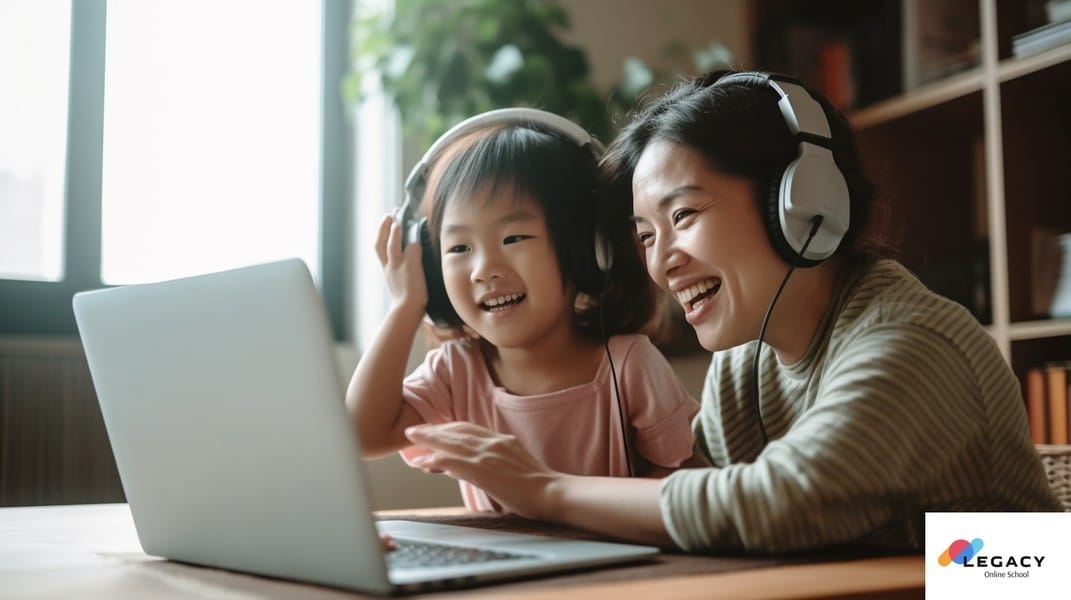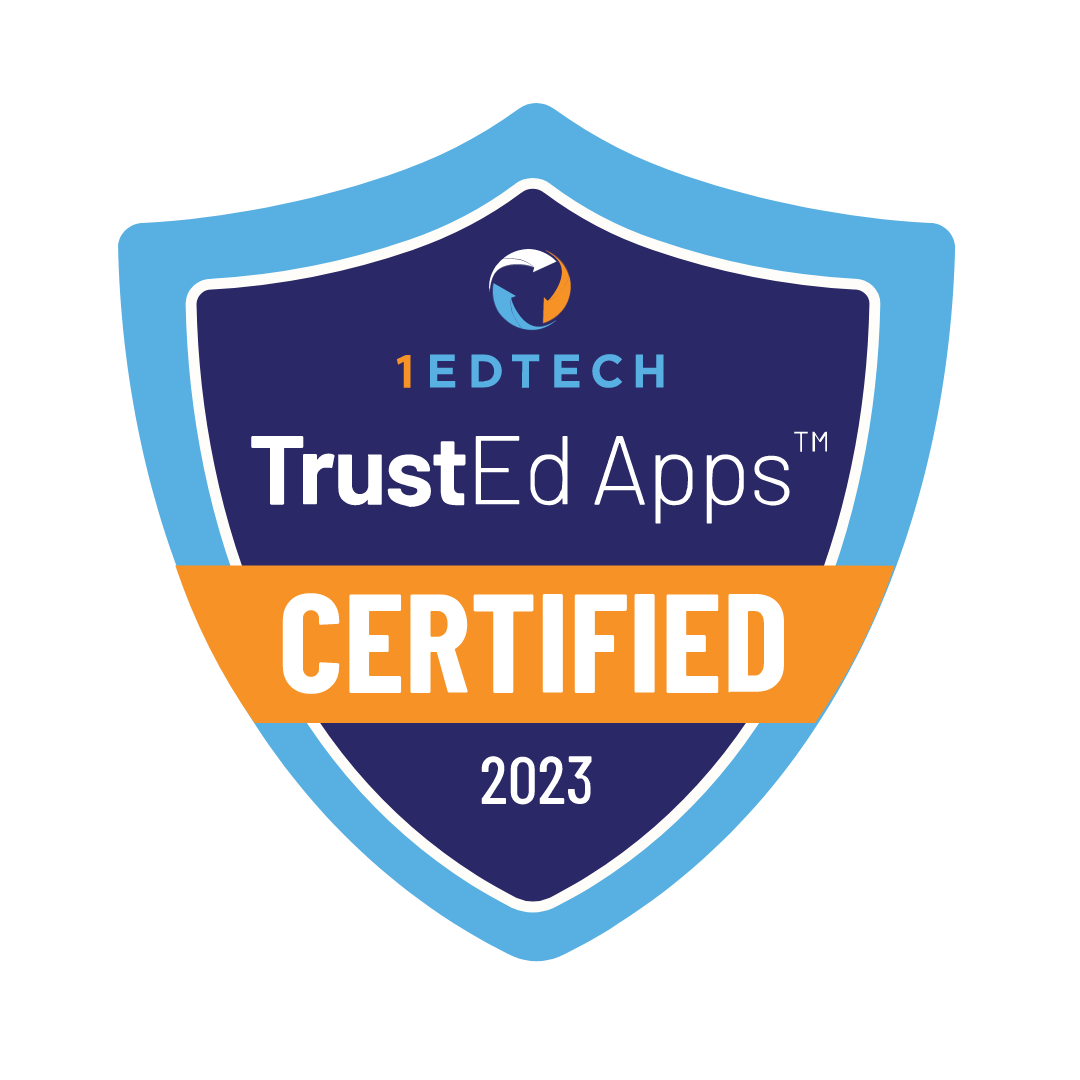The content of the publication
Digital technology has significantly revolutionized the world of education, particularly K-12 schooling. These days, the traditional classroom setting is one of many ways to learn. Virtual classrooms have emerged, offering new possibilities for student interaction. But how does social interaction work in a K-12 online school? Let’s delve into it.
Understanding Online Schooling
Defining K-12 Online School
An online K-12 school is an educational institution that delivers elementary and secondary education over the Internet. Students learn from their homes using a computer, tablet, or smartphone in this setup.
Importance of Social Interaction

In the realm of education, whether it’s the brick-and-mortar classrooms or the digital corridors of online schools, social interaction stands as a cornerstone. It’s not just about exchanging information or collaborative projects; it’s about the intricate dance of human connections that shape our learning experiences.
Imagine a classroom, be it physical or virtual. The heart of this space isn’t the walls, the desks, or even the technology that powers it. It’s the students and teachers, the laughter, the questions, the debates, and the shared moments of discovery. This is where social interaction comes into play, weaving a tapestry of connections that enrich the educational journey.
In traditional schooling, the importance of social interaction is often taken for granted. The daily routines of group projects, lunch breaks, and even casual conversations in the hallway all contribute to a student’s holistic development. These interactions help students develop essential social skills, from conflict resolution to empathy, from teamwork to effective communication. They learn not just from textbooks but from each other.
However, with the rise of K-12 online schooling, there needs to be more awareness that social interaction takes a back seat. This couldn’t be further from the truth. Online education platforms are increasingly recognizing social engagement’s value and integrating tools and activities to facilitate it. Virtual breakout rooms, discussion forums, and collaborative online projects are examples. These platforms aim to replicate and, in some cases, enhance the social interactions in traditional classrooms.
Moreover, online schooling offers unique opportunities for global interactions. Students can collaborate with peers from different cultures and backgrounds, broadening their horizons and fostering a sense of international community. This diversity of interaction can lead to richer discussions, varied perspectives, and a deeper understanding of the world. legacy online school
The Mechanics of Social Interaction in K-12 Online Schools
The digital age has transformed how students learn and interact, especially in K-12 online schools. While the setting may be virtual, the mechanics of social interaction remain as vibrant and essential as in traditional classrooms. Let’s delve into the various ways online schools foster these interactions.
Online Classes: A Virtual Classroom Experience
However, when we think of students isolated behind screens, it is quite the opposite when we think of online classality. Through video conferencing, students and teachers come together in a virtual space, mimicking the dynamics of a physical classroom. Here, students can raise their hands to ask questions, share their thoughts, and engage in lively discussions. The teacher thinks, clarifies doubts, and facilitates interactions as in a traditional setting.
Online Group Work: Teamwork in the Digital Age
The essence of group work remains unchanged in online schooling. What changes are the tools? Instead of gathering around a table, students collaborate on digital platforms, collaborating on shared documents, brainstorming in virtual whiteboards, and discussing ideas in chat rooms. This digital collaboration fosters teamwork and equips students with skills essential for the modern workplace.
Collaborative Learning Tools: The Digital Facilitators
The success of online schooling hinges on the tools that make it possible. From video conferencing apps that bring the classroom to life to shared document platforms where ideas merge and evolve, these tools are the backbone of virtual interaction. Additionally, education-specific tools tailored for online learning offer features like quizzes, polls, and breakout rooms, further enhancing the interactive learning experience.
Virtual Field Trips: Exploring the World from Home
One of the unique advantages of online schooling is the ability to embark on virtual field trips. Without leaving their homes, students can explore museums in Paris, dive into coral reefs, or walk through historical sites while interacting with their peers. These trips are visually stimulating and offer a platform for students to discuss, question, and learn together.
Online Social Events: Building Community Beyond Academics
Learning is not just about academics; it’s also about building relationships and a sense of community. Online schools understand this and often organize social events to foster these connections. Whether it’s a virtual book club, a game night, or a themed party, these events give students a much-needed break and an opportunity to bond with their peers.
In conclusion, while the medium of K-12 online schooling may be digital, the interactions are as accurate and meaningful as those in brick-and-mortar schools. Through a blend of technology and innovative teaching methods, online schools ensure students remain socially connected and engaged in their educational journey.
The Role of Teachers in Online Social Interaction
The Multifaceted Role of Teachers in Online Social Interaction
In the digital realm of online education, the role of teachers extends far beyond the traditional confines of classroom instruction. While the medium may be different, the essence of teaching remains rooted in guiding, mentoring, and fostering connections among students. Let’s explore the pivotal roles teachers play in shaping online social interactions.
Instructional Role: The Guiding Light
In the vast expanse of the virtual classroom, teachers stand as beacons of knowledge and guidance. Their primary responsibility is to steer students through the intricacies of the curriculum. This involves delivering lessons and creating an interactive environment where students feel empowered to ask questions, share insights, and actively participate. This might mean utilizing multimedia presentations, hosting live Q&A sessions, or using interactive quizzes to gauge understanding in the online setting. The goal is to make the learning experience as engaging and dynamic as it would be in a physical classroom.

Mentoring Role: Beyond the Books
While academic achievement is a significant focus, the role of a teacher isn’t confined to just that. Teachers often wear the hat of a mentor, guiding students through the maze of personal and academic challenges. In the online space, this role becomes even more crucial. With the physical cues from face-to-face interactions, teachers can be more attuned to students’ written expressions, participation levels, and feedback. They offer advice, provide constructive feedback, and encourage students to develop academically, personally, and socially. This mentorship can be a lifeline for students navigating the unique challenges of online education.
Facilitating Social Interaction: The Social Architects
One of the teachers’ most vital roles in online education is fostering a sense of community among students. They are the architects of social interaction in the virtual classroom. Teachers encourage students to collaborate, communicate, and connect by organising group activities, projects, and discussions. They might set up virtual breakout rooms for group discussions, assign collaborative projects using digital tools, or even host virtual social events. These interactions, facilitated by the teacher, help bridge the physical gap and create a cohesive learning community.
The Role of Parents in Online Social Interaction
Monitoring Online Activities
Parents play an essential role in ensuring their children’s safety online. They monitor their children’s online activities and ensure they interact appropriately.
Encouraging Participation
Parents can encourage their children to participate in online class activities and social events. This involvement can help students feel more connected to their peers.
Providing Technical Support
As students navigate online learning, they may encounter technical issues. Parents can assist by providing the necessary technical support.
The Dual Sides of Social Interaction in K-12 Online Schools
K-12 online schooling has reshaped the educational landscape, offering flexibility, accessibility, and innovation. Central to this experience is the element of social interaction, which, while offering numerous advantages, also presents its challenges. Let’s delve deeper into the dual facets of social interaction in online education.
Advantages of Social Interaction in Online Schools
- Broadening Horizons Through Global Connections: One of the standout benefits of online schooling is connecting with peers from diverse geographical locations and cultural backgrounds. This global interaction enriches discussions with varied perspectives and fosters a sense of global citizenship among students. They learn to appreciate differences, understand global issues, and develop a more inclusive mindset.
- A Comfortable Environment for Expression: The virtual environment can serve as a sanctuary for many students, especially those who may feel overwhelmed or anxious in traditional classroom settings. Without the immediate physical presence of peers, some students find it easier to participate in discussions, ask questions, and share their thoughts. The screen provides a buffer, allowing them to express themselves without the immediate fear of judgment.
Challenges of Social Interaction in Online Schools
- Building Deep and Meaningful Relationships: While online platforms facilitate connections, building profound and lasting relationships can be more challenging. The absence of face-to-face interactions, casual hallway conversations, and shared physical experiences can make it harder for students to form strong bonds. This can sometimes lead to feelings of detachment or superficial connections.
- The Shadow of Isolation: The very nature of online schooling means students are physically separated from their peers. While they interact virtually, the lack of in-person social experiences can lead to loneliness or isolation for some students, especially those who thrive on physical social interactions.
- Navigating the Nuances of Online Etiquette: The digital realm has its own set of unspoken rules and etiquettes. From understanding when to mute microphones to interpreting the tone of written messages, students need to navigate these nuances, which can sometimes be confusing or lead to misunderstandings.
- Ensuring Safe and Respectful Interactions: While offering many opportunities, the virtual world also presents risks. Schools and parents must be vigilant about ensuring students’ safety online, from potential cyberbullying to inappropriate interactions. Educating students about online security and respectful communication becomes paramount.
Conclusion
Social interaction in a K-12 online school is multifaceted, involving a variety of tools and approaches to facilitate communication and collaboration. While it presents unique challenges, the right strategies can offer valuable opportunities for students to learn, connect, and grow. As we navigate this digital age, we must continue exploring ways to enhance social interaction in online schooling.







